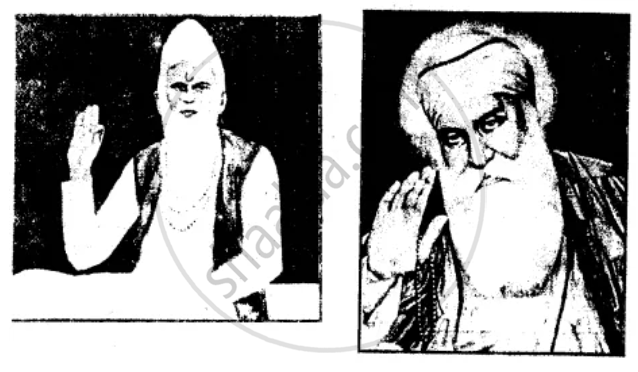Advertisements
Advertisements
प्रश्न
Explain the characteristics of Muslim architecture under these head:
Mosques and Tombs.
उत्तर
The characteristics of Muslim architecture under the given heads are explained below:
Mosques and Tombs: The Muslim structures are of two types: religious and secular. The religious structures are mosques and tombs. The mosque has an open courtyard surrounded by a pillared verandah. For congregational prayer-hall having a recess alcove called Mehrab in the western wall at the back of the hall. On the right side of the Mehrab, stands pulpit and a minaret or tower above the walls from which Muazzin summons the faithful to worship. Over the sanctuary, is the central dome. The tombs are the resting places for the dead. The Tomb has a chamber, with a Mehrab in the western wall. The whole structure is surmounted by a graceful dome. Underneath the building, is the burial chamber with the grave (Kabr) in the center of it.
संबंधित प्रश्न
Mention any one impact of the emergence of Composite Culture in India.
Name the two stages in the Spiritual Path leading one to the Union with God?
Mention the two main teachings of Kabir.
What is meant by the term composite culture?
Name the two Indian motifs used in Islamic architecture in India.
Name any two poets who wrote in Urdu.
What were the factors that led to the emergence of composite culture during the Mughal Age?
With reference to the given pictures, answer the following:

Mention any two teachings of each of these two saints.
Explain the contribution of the Mughal dynasty to the development of Indo-Islamic culture.
Explain the rise and growth of the Sufi-Movement in India with reference to:
The Suhrawardi Order
